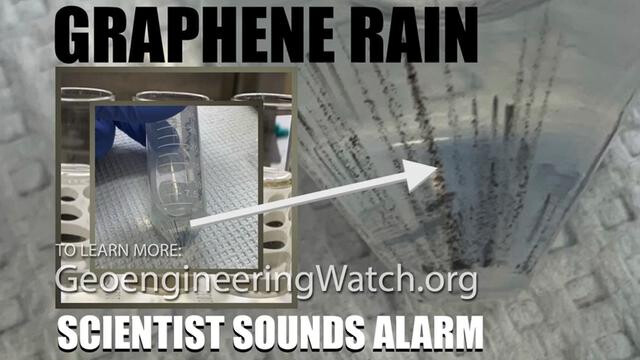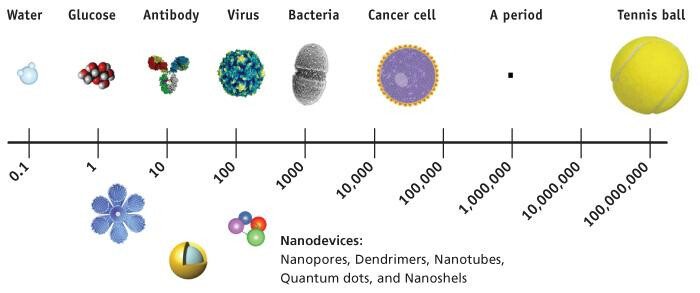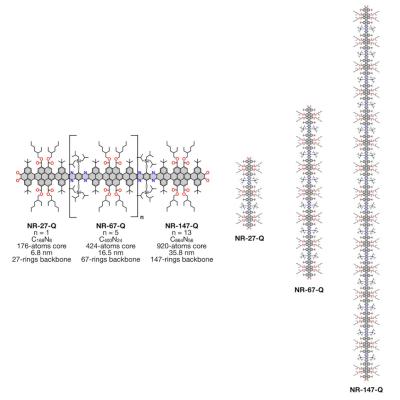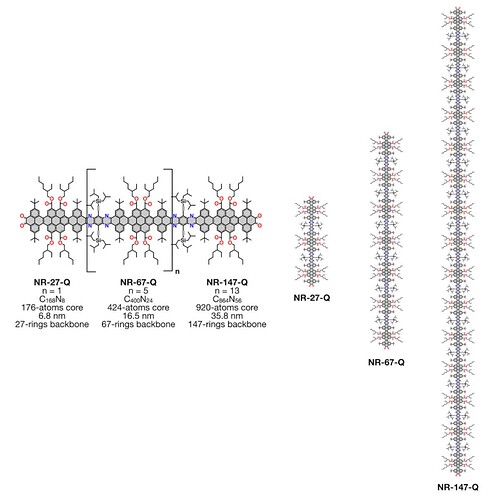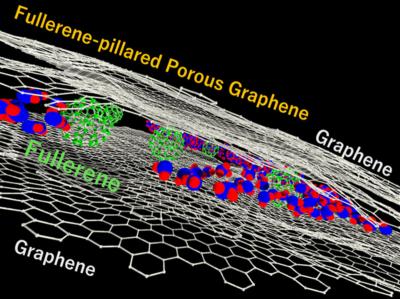By Dane Wigington GeoengineeringWatch.org July 13, 2023
Graphene rain, are climate engineering operations the source?
What aren't we being told? A highly credentialed scientist provides extensive analysis, this is a must-watch report.
All are needed in the critical battle to wake populations to what is coming, we must make every day count. Share credible data from a credible source, and make your voice heard.
DW
After severe storm & rain, Nano Bots was floating in puddles in France

After severe storm & rain, Nano Bots was floating in puddles in France
graphene oxide? nanobots? which one is it? Why would it be any of those?
Nano-sized things are too small to see.
One nanometer is equal to 1 x 10-6 mm, which means that in 1 millimeter there are 1,000,000 nm.
The relationship between millimeter to kilometer is the same as the relationship between nanometer to millimeter.
1km = 1,000,000mm
1mm = 1,000,000nm
You can only see about 200nm with a light microscope
Here's what it probably is:
"This is what the mosquito larvae and pupae stages look like. Mosquito's can breed in even the smallest amount of water and hatch adults within 3 days! "

Mosquito Breeding in Pool (Thousands upon THOUSANDS)
It did not seem very extensive to me?
Graphene-Info: the graphene experts
Graphene-Info is the world's leading graphene industry portal since 2009. We provide a multitude of services to the graphene market based on our extensive knowledge hub and industry connections.
Graphene is the strongest, thinnest and most conductive material known to man. With such remarkable properties, it is no wonder that graphene enables exciting new applications in electronics, energy, medicine, aerospace and many more markets.
Recent graphene News
Researchers develop accelerated synthesis method for ultralong graphene nanoribbons
Researchers from POLYMAT at the University of the Basque Country UPV/EHU, Max Planck Institute for Polymer Research and the University of Aveiro have reported an accelerated iterative approach enabling the synthesis of a series of length-controlled, ultralong atomically precise graphene nanoribbons (GNRs). The longest GNR displays a 920-atoms core with a 35.8-nm long (147 linearly fused rings) backbone that has been obtained in just three synthetic steps from building blocks of ∼2 nm in length.
A Lego-like synthesis previously produced record-breaking nanoribbons of 30, then 53 fused rings. Now, a similar ‘accelerated’ modular methodology made a molecular nanoribbon that is triple the longest ever made – in just three simple steps. The resulting graphene nanoribbon is almost 36nm long, with its 147 linearly linked rings and a conjugated core of 920 atoms. The first experiments, although preliminary, envision applications in electronics and optoelectronics, thanks to fluorescence features that reportedly outperform state-of-the-art quantum dots.
Read the full story Posted: Jul 31,2023
Researchers develop fullerene-pillared porous graphene material with high water adsorption capacity
A team of researchers from Japan's Chiba University, led by Associate Professor Tomonori Ohba and including master’s students, Mr. Kai Haraguchi and Mr. Sogo Iwakami, has fabricated fullerene-pillared porous graphene (FPPG)—a carbon composite comprising nanocarbons—using a bottom-up approach with highly designable and controllable pore structures.
Separation processes are essential in the purification and concentration of a target molecule during water purification, removal of pollutants, and heat pumping. To make the separation processes more energy efficient, improvement in the design of porous materials is necessary. Porous carbon materials offer a distinct advantage as they are composed of only one type of atom and have been well-used for separation processes. They have large pore volumes and surface areas, providing high performance in gas separation, water purification, and storage. However, pore structures generally have high heterogeneity with low designability, which poses various challenges, limiting the applicability of carbon materials in separation and storage.
Read the full story Posted: Jul 30,2023
Researchers give graphite same properties as graphene
Researchers from the University of Washington and Japan's National Institute for Materials Science have performed transport measurements of dual-gated devices constructed by slightly rotating a monolayer graphene sheet atop a thin bulk graphite crystal. They surprisingly found that it is possible to imbue graphite with physical properties similar to graphene.
Not only was this result unexpected, the team also believes its approach could be used to test whether similar types of bulk materials can also take on 2D-like properties.
Read the full story Posted: Jul 28,2023
